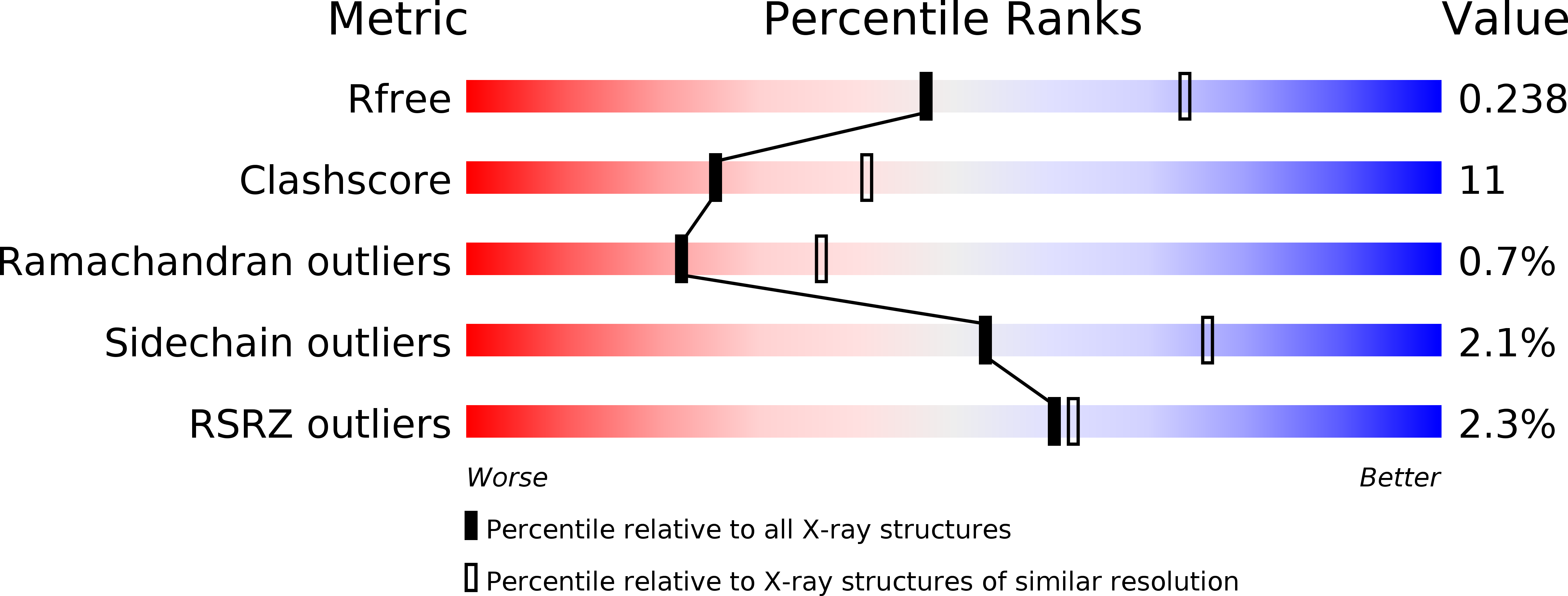
Deposition Date
2019-07-02
Release Date
2019-12-18
Last Version Date
2024-11-20
Method Details:
Experimental Method:
Resolution:
2.47 Å
R-Value Free:
0.25
R-Value Work:
0.19
Space Group:
C 2 2 2


